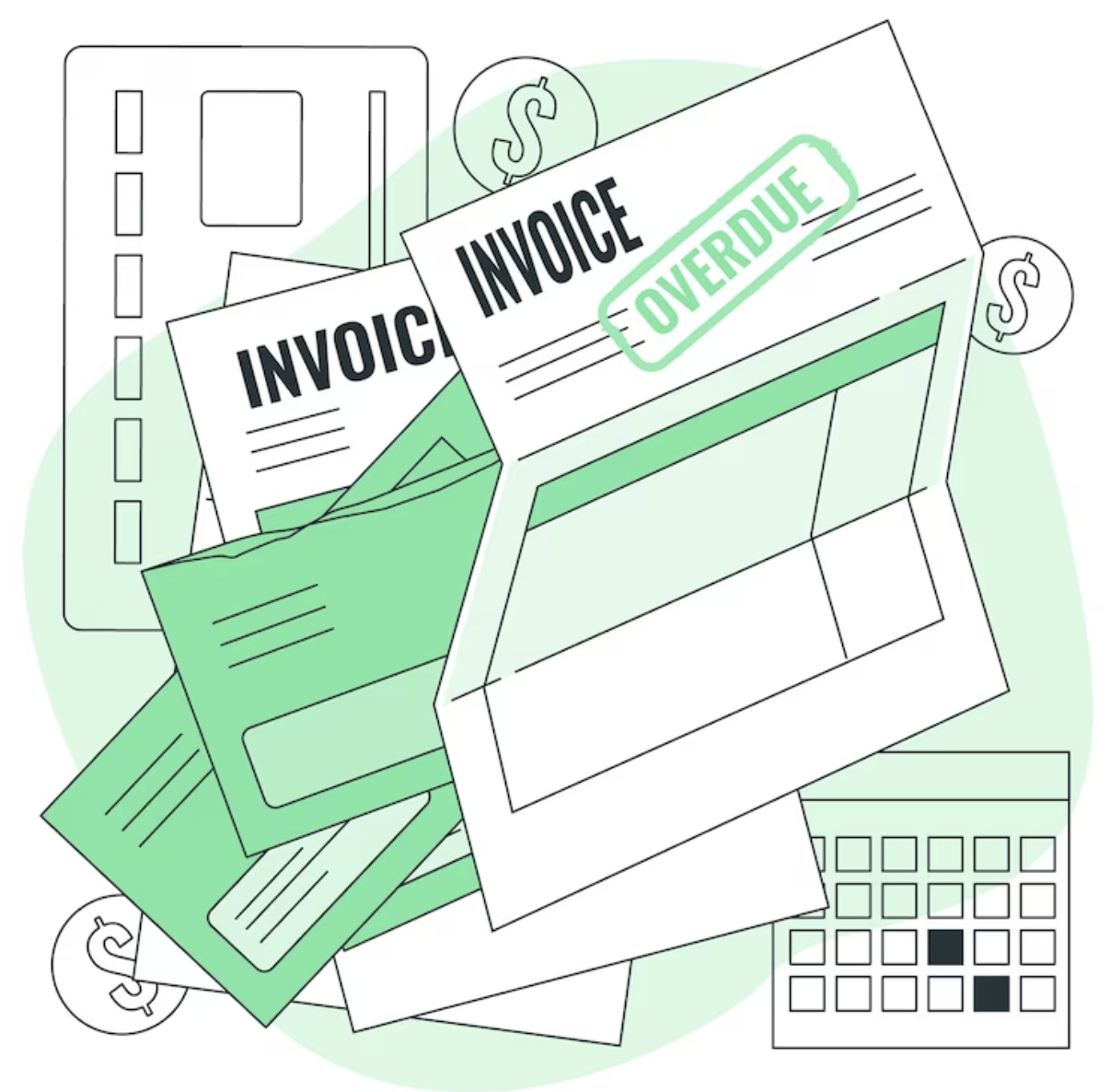Unpaid invoices can pose a significant financial challenge when managing a business. They reflect the amount owed to a company for goods or services that have already been delivered or performed but have not yet been paid for by the customers. The process of writing off these unpaid invoices is a crucial aspect of financial management and accounting.
This process involves recognizing that some debts are uncollectible and removing them from the company’s accounts receivable. In this article, we will delve into the complexities of the write-off process, exploring its implications for businesses and identifying the best practices to handle such situations effectively and efficiently.
Understanding Unpaid Invoices and Their Impact
When a business provides goods or services on credit, it creates an invoice for the customer outlining the amount owed. This invoice is marked as an account receivable until it’s paid, representing an incoming cash flow that the business expects to receive. Unpaid invoices, therefore, are accounts receivable that have not yet been cleared by the customer.
The impact of these unpaid invoices on a business is two-fold. Firstly, they act as a barrier to the smooth running of the company’s cash flow, the lifeblood of any business. Without the expected incoming money, the company may struggle to meet its financial obligations such as paying salaries, purchasing supplies, or investing in growth. Secondly, if an unpaid invoice has to be written off as bad debt, it directly affects the company’s profitability.
The money owed becomes an expense, as the company has incurred costs in providing the goods or services that will never be reclaimed. It’s worth noting that while bad debt write-offs can be used to reduce taxable income, this small benefit does not offset the detrimental effects of the unpaid invoice on overall business health.
The Write-Off Process: An Overview
The write-off process begins when a company determines an invoice is likely uncollectible, often due to a customer’s insolvency or refusal to pay. This decision should be based on a thorough review of the customer’s payment history, current financial situation, and communication regarding the debt. Once the decision is made, the debt is categorized as a “bad debt” and removed from accounts receivable.
The value of the invoice is then recorded as an expense in the company’s income statement. This process effectively reduces the company’s net income and, consequently, its taxable income. It’s important to note that writing off bad debts should be a last resort, undertaken only after all collection efforts have been exhausted. Compliance with Generally Accepted Accounting Principles (GAAP) and relevant tax regulations is crucial throughout this process.
Best Practices for Managing Unpaid Invoices
To minimize the number of unpaid invoices, it is imperative for businesses to adopt effective strategies that encourage timely payments from customers and allow for swift action when payments are overdue. Here are some best practices for managing unpaid invoices:
1. Clear Communication: Maintain open lines of communication with your customers. Ensure they understand the terms of the invoice, including the payment due date and the consequences of late payment. Regular reminders can also help keep payment at the forefront of the customer’s mind.
2. Prompt Follow-up on Late Payments: As soon as an invoice goes past due, reach out to the customer. It is possible that the invoice was overlooked or that there is a problem preventing payment. Early action can often make the difference between a late payment and an unpaid invoice.
3. Offering Various Payment Options: By providing multiple payment methods, businesses can remove barriers to payment. The easier it is for customers to pay, the more likely they are to do so promptly.
4. Regular Invoice Auditing: Regular review of your accounts receivable can help identify overdue invoices that need attention. This can also help identify if certain customers regularly pay late, information that may be useful in future dealings.
The Role of Free Sample Invoice Templates
Free sample invoice templates play a significant role in managing unpaid invoices. They provide a standardized format that ensures all relevant information is included and presented clearly. This reduces misunderstandings between the business and the customer regarding payment terms and conditions. A clear and detailed invoice leaves no room for queries, making it easier for the customer to make prompt payment.
Furthermore, these templates save businesses time and resources as they do not have to create invoices from scratch. Lastly, a professional-looking invoice can enhance the company’s reputation and enforce the seriousness of the payment obligations. Therefore, integrating free sample invoice templates into your financial management system can be a step toward preventing and managing unpaid invoices effectively.
Conclusion
In conclusion, unpaid invoices present a significant challenge to many businesses. They disrupt cash flow, inhibit growth, and, if written off as bad debts, can seriously impact profitability. It’s, therefore, crucial for businesses to understand the write-off process and follow best practices to manage unpaid invoices effectively. Utilizing free sample invoice templates can also significantly streamline the process and increase payment promptness. By proactively managing accounts receivable, businesses can mitigate the risks associated with unpaid invoices and strengthen their financial health.

